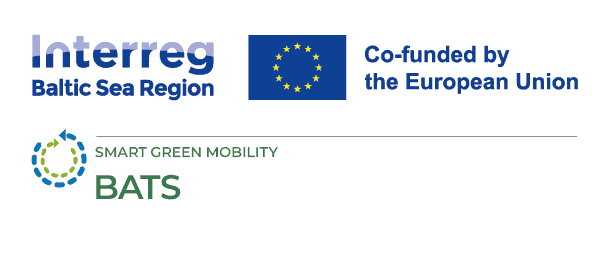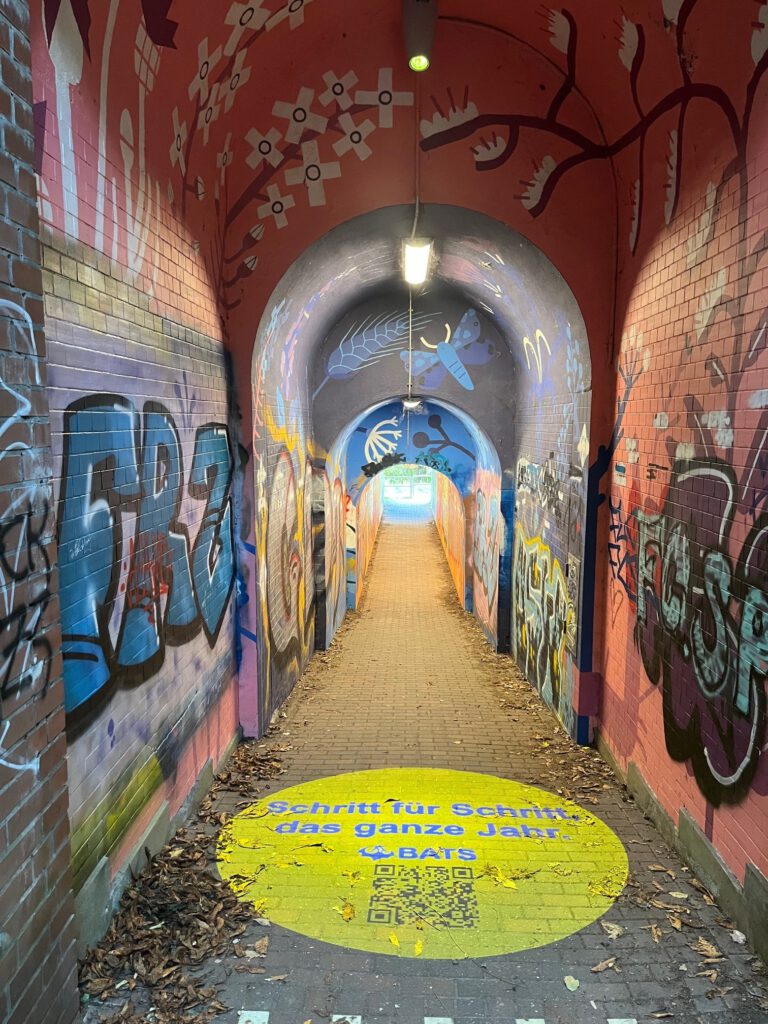
Hamburg-Altona, Germany
18 February 2025
Altona is the westernmost urban borough of the city of Hamburg in Northern Germany, with a population of over 280,000.
Currently, Hamburg-Altona witnesses a drop in active mobility users of up to 50% during winter, particularly among cyclists. Reasons for this include harsh weather conditions and a perceived lack of suitable infrastructure. While positive steps have already been taken to change attitudes in the area, the BATS project will see the district conducting research and pilot activities in order to understand the causes for the drop in active mobility users, with the eventual aim of boosting YRAM numbers.
Within the BATS project, two main experiments will be carried out in Hamburg-Altona.
Protective Elements for the Reventlowstraße
Reventlowstraße, a main road in the Hamburg district of Altona with much heavy traffic, is currently undergoing redevelopments, and will become an important Velo route from the central Altona urban area to sub-urban areas in the west.
The team in Hamburg-Altona is using the experience of the BATS project to focus on adding specific protective elements to the new cycling lane to increase perceived (and real) safety for cyclists using the route. These additional elements ensure the optimisation of the cycling lane during dark hours and winter conditions.
Through this experiment, the team hopes to understand if the installation of the protective elements increases perceived safety among cyclists, as well as actual safety. This experiment is also deepening existing knowledge surrounding the suitability of certain protective elements in winter conditions, including how they are impacted by the heavy duty vehicles used to clear snow.
Walking Safety for Tunnels
The second BATS experiment in Hamburg-Altona will focus on the addition of specific light interventions, such as hanging lights, projections, gaming, to help to overcome feelings of fear and discomfort associated with using tunnels in the area.
Most tunnels used for walking and cycling in cities are found to be ugly, dark, smelly, loud, and undesirable to use at night, and this experiment will test the acceptance towards these interventions and the impact they have to improve walkability during darkness. Furthermore, the experiment will allow the team to test how lighting interventions can reduce cases of vandalism, an issue commonly experienced in local tunnels.

Tunnel projectors installed in Hamburg’s Altona district!
Interactive map showing pilot locations. Use the arrow keys to move the map view and the zoom controls to zoom in or out. Press the Tab key to navigate between markers. Press Enter or click a marker to view pilot project details.





